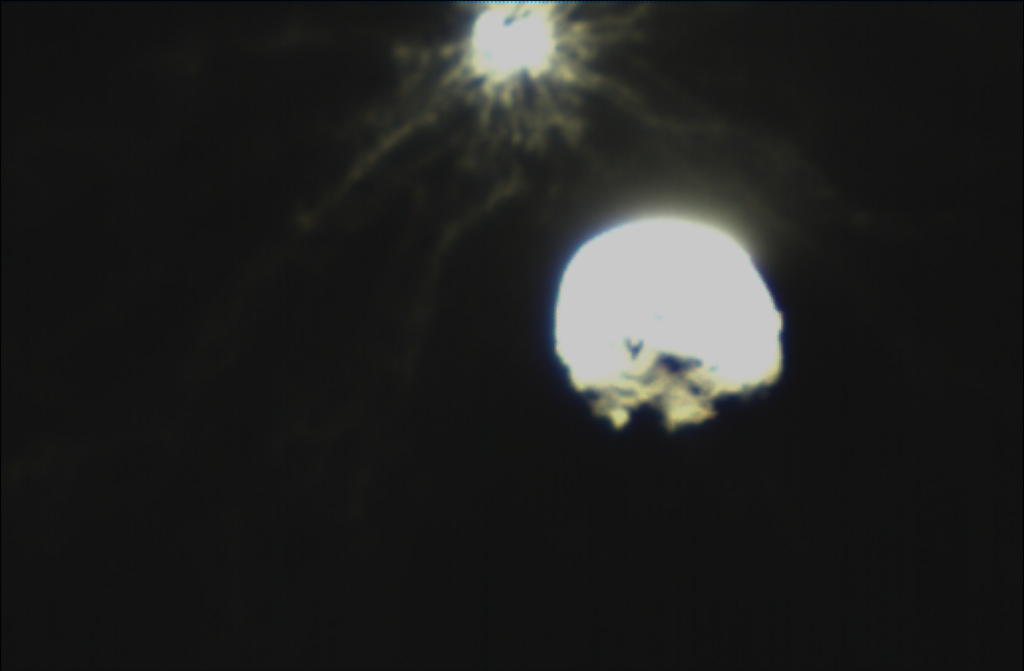Smashing Success for DART Probe: First Observations from Telescope Live

In a recent post on this same blog, our Francesca Waines outlined the main aspects of the DART (Double Asteroid Redirection Test) mission.
This NASA probe, launched from Earth in November 2021, was aimed at testing a method of planetary defence against near-Earth objects. In particular it aimed to test whether an impact with a spacecraft can successfully deflect an asteroid colliding with the Earth. The asteroid chosen for this experiment is 65803 Didymos, which is part of a binary system that includes the smaller moon Dimorphos and poses no actual threat to Earth (the pair was chosen for dynamical and physical reasons). Dimorphous was actually the chosen target for the impact with the DART probe on September 26 at 23:14UT, the world’s first test for defending Earth against asteroid or comet hazards.
Here at Telescope Live, we immediately worked to create a follow-up programme for this important event, which involved imaging the Didymos/Dimorphos pair before impact to estimate their brightness and create a light curve to compare with other images taken after impact. Another important aspect was to follow the morphology of the asteroid immediately afterwards to verify the appearance of material ejected by the impact. Some papers published by astronomers in the months preceding the event had in fact predicted the appearance of a tail and a kind of coma-like feature as happens in comets and active asteroids. Post-impact observations are therefore very important for understanding the physics of this event.
This animation is a Five-and-a-half minutes of images leading up to the DART spacecraft’s intentional collision with asteroid Dimorphos. Credits: NASA/Johns Hopkins APL
The observation team, consisting of E. Guido, M. Rocchetto, G. Savini and S. Fossey, was able to observe the asteroid pair before impact for several days and then on 27, 28 and 29 September (i.e. 4 hours, 29 hours and 53 hours after impact). The results are amazing!

Immediately after impact, the asteroid increased its brightness by at least 2.5 magnitudes and immediately developed a small coma. In the following days, a thin tail developed in the anti-solar direction (80" arcseconds long on 28 September and 120" arcseconds long on 29 September).

As Telescope Live, we plan to continue to devote observational time to this important event to witness the morphological changes and to develop a post-impact light curve that might give a clue as to the success and magnitude of the deflection that is the primary goal of the Dart mission.


with Dimorphos. Credits: ASI/NASA
